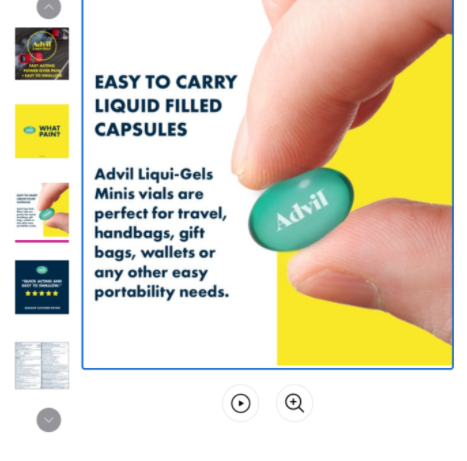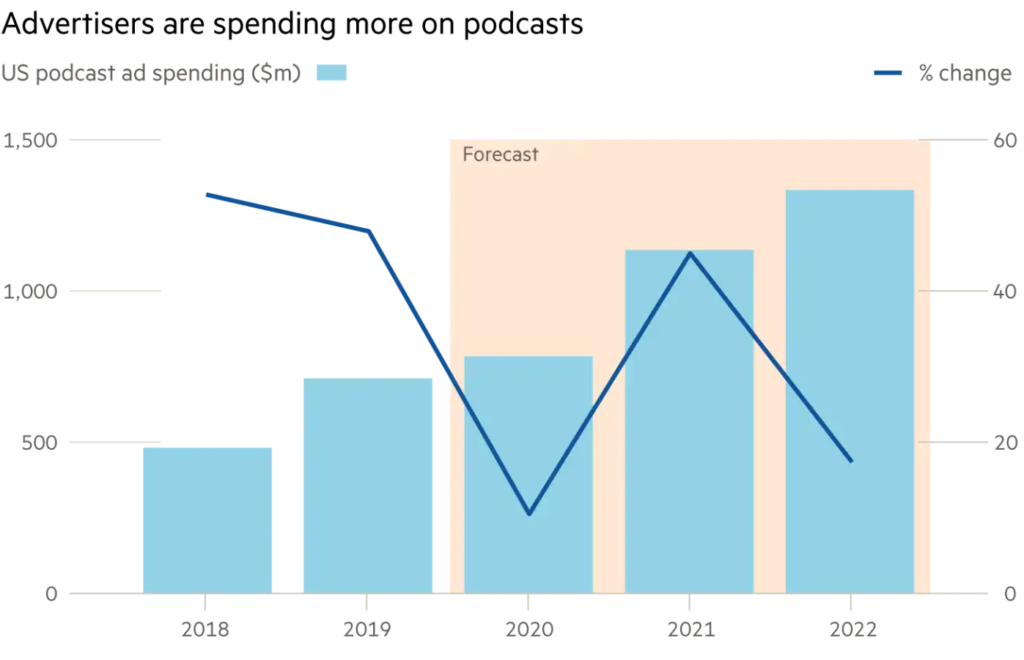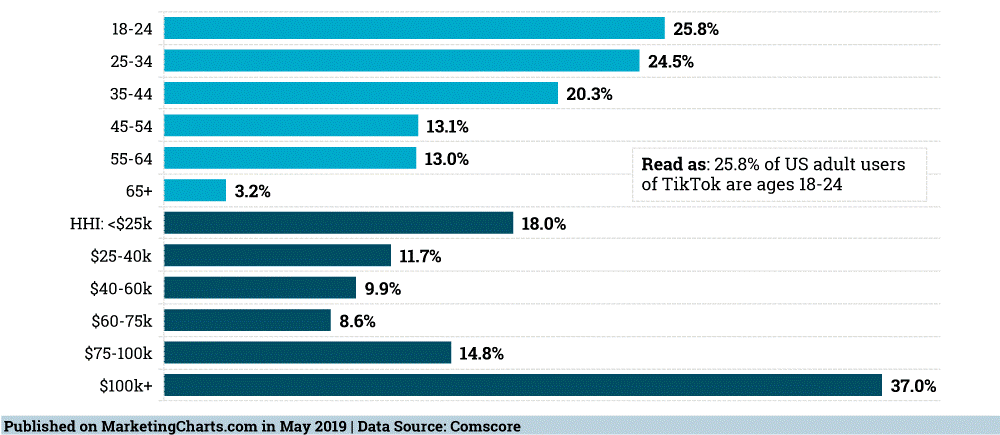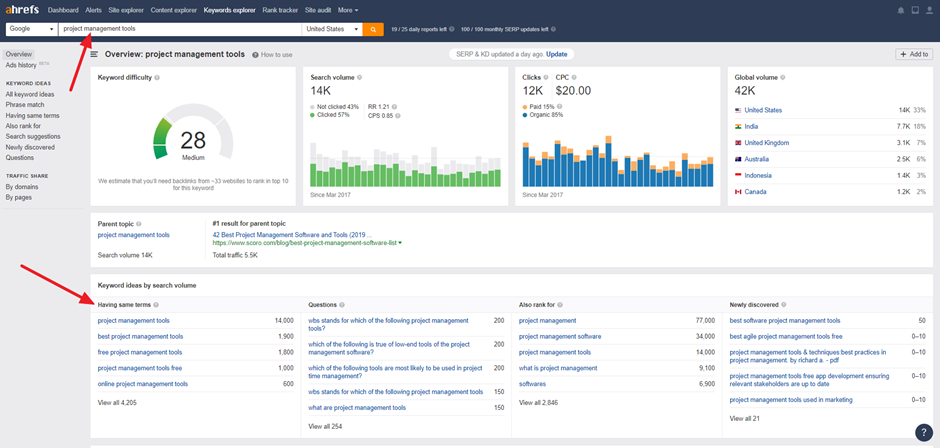One of the exciting – yet overwhelming aspects of Amazon advertising is the number of available ad types. Amazon regularly adds new ad placement options for advertisers such as Sponsored Display ads and DSP.
Amazon’s Demand-Side Platform (DSP) and Sponsored Display ads are especially important for increasing reach and targeting ads both on and off Amazon. Both of these ad types support advertising on different platforms other than Amazon.com, such as third-party exchanges, published partners, Fire TV, Kindle, Amazon Live, streaming services, and other apps. However, they differ in terms of eligibility, cost structure, and the amount of control advertisers have over creative.
What is Amazon DSP?
Amazon DSP is an advertising platform for advertisers that lets brands advertise to potential customers efficiently and effectively at scale. Amazon’s unique advantage is that it lets advertisers programmatically buy display and video ads using customer targeting data only available through Amazon.
Benefits of Amazon DSP
- Increasing discoverability and accelerate growth by finding new customers both on and off Amazon who are actively browsing relevant products with intent to purchase.
- Hyper-targeting and segmenting high-value customers based on purchase intent, recency, and consideration period, with relevant dynamic creative ads.
- Reaching shoppers where they are as run display ads on and off Amazon to reach buyers at every stage of the shopping journey.
- Making advertising budget work harder and stop wasting ad impressions
- Gaining actionable insights about your product viewers and purchasers using Amazon’s Audience insights and learn about your brand’s target demographic, purchase frequency, and consideration period.
- Promoting new brands, customer reviews, and special offers with dynamic e-commerce creative that looks similar to an Amazon listing.
What is Sponsored Display?
Sponsored Display is a self-service display advertising solution that helps you grow your business and brand on Amazon by engaging shoppers across the purchase journey, on and off Amazon. Also, Amazon’s sponsored display ads are retail aware, which means they show up only when your products are in stock and the ‘Featured Offer’. The ads will automatically stop if the products go out of stock or not the Featured Offer.
Benefits of Sponsored Display Ads
Sponsored display ads are majorly used to reach a relevant audience who browse, search, or purchase products on and off Amazon.
- Advertisement of individual products to a broader audience
- Allows for seller control over his/her budget and bids
- Offers assistance in tracking the performance of ad campaigns
- Allows sellers to select the placement for ads precisely and target based on customer interests
- Increasing brand awareness in your niche
- Placing your best product under your competitors’ listing
- Increasing reach for new product listings
- Availability of a robust dashboard to help gauge clicks, impressions, sales, considerations, and much more
- Room for re-engagement and retargeting of customers on and off Amazon
Differences between Amazon DSP vs. Sponsored Display
In terms of Amazon DSP vs. Sponsored Display, is one better than the other? Understanding the key differences between these ad types and the goals they can help you achieve will allow you to better balance your 2021 Amazon ad strategy.
-
Eligibility of DSP and Sponsored Display
One of the biggest differences between DSP and Sponsored Display is that DSP can be used for brands that do not sell directly on Amazon, while Sponsored Display ads are only available on Amazon. Sponsored Display ads help advertisers improve sales and brand awareness on Amazon’s marketplaces. Ads may appear outside the marketplace, but all traffic will lead back to your Amazon listings.
DSP advertisers can either send traffic to a product listing on Amazon, or DSP ads can be used to send traffic to external websites that are not associated with Amazon in any way. This makes DSP the best way for brands that do not sell on Amazon to reach Amazon’s audience.
-
Targeting Custom Audiences with DSP and Sponsored Display
Sponsored Display ads offers three targeting options: product targeting, views remarketing, and audience interests. Sponsored Display doesn’t require advertisers to define custom audience segments and instead focused on basic, automated retargeting.
Advertisers looking to build custom audiences should turn to DSP ads. Amazon DSP allows advertisers to build custom segments using Amazon demographic and user activity data. You can also create custom audiences using information collected directly from your customers. This allows you to create custom-built, contextual, and highly targeted audience segments for your ads.
While these two different ad types offer unique benefits, they have the opportunity to complement each other or be used separately to achieve great results. For example, Sponsored Display audience retargeting ads are a lower-cost way to gather performance data for specific ASINs which can be used to optimize and target DSP campaigns.
-
Minimum Investment for DSP and Sponsored Display
Since Sponsored Display ads direct all traffic back to your Amazon listing, Amazon makes the barrier to entry very low. With a minimum spend of $1, it is easy for all brands to get started and ramp-up spend over time before committing to it.
By contrast, DSP requires a heavier investment to benefit from the advanced reporting and audience insights available through the program. The self-service advertising solution requires a minimum monthly spend of $10,000. The Amazon Managed Services DSP option requires a $35,000 minimum monthly spend. With this added investment, ad campaigns can be fine-tuned by programmatic advertising buying experts.
While Sponsored Display ads present a low barrier to entry, Amazon’s DSP program offers a more robust ad solution which does require a greater investment.
-
DSP and Sponsored Display Control Over Creatives
One example of the more robust features available through DSP ads is in control over creative. Amazon DSP ads can be fully customized, including headline, brand logo, and custom-designed image, to help increase buyers’ attention to ads and improve CTR. Their Dynamic eCommerce Ads (DEA) are currently in beta and can include eCommerce features such as retail price and review ratings in the display ads for up to 20 ASINs.
Sponsored Display ads automatically generate display ad creative optimized to deliver results. This ad type doesn’t offer any customization, no matter your budget size. However, since it is automatically optimized using your Amazon product information, it provides a lower maintenance option for brands that do not have the resources or the time to customize ad creative.
-
Cost Structure of Sponsored Display and DSP
The cost of each ad type should affect where they fit into your ad strategy and how you measure their success. DSP ads use a Cost Per Mille (CPM) cost structure. This is the average cost you pay to deliver 1,000 impressions of your ads. Sponsored Display ads use a Pay Per Click (PPC) structure which is calculated based on the average cost you pay each time someone clicks your ads.
Depending on the conversion rates of your ads, CPM or PPC may benefit you. Your goals, conversions vs. brand awareness, may also affect which cost structure you prefer.








